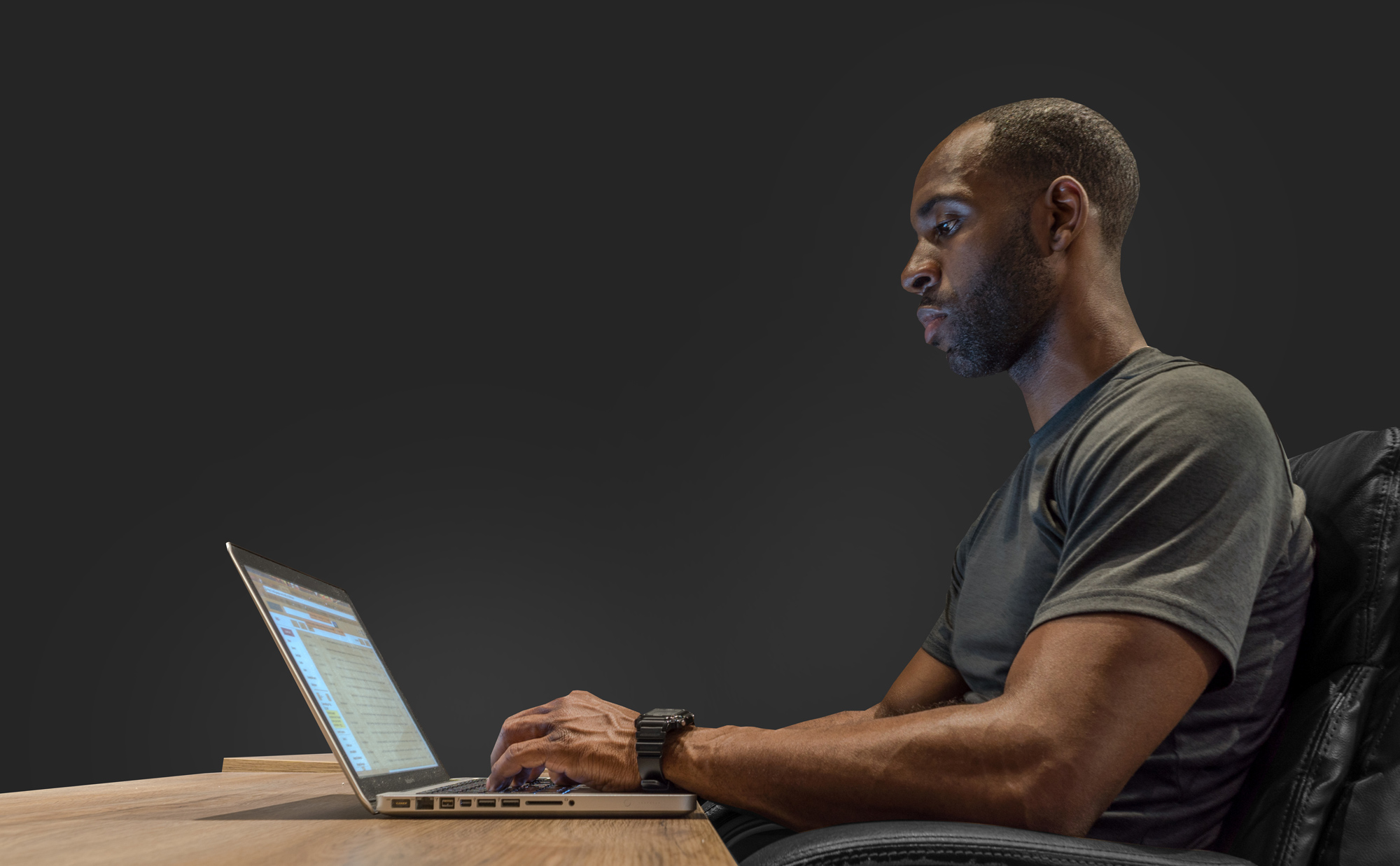What are Tension-Type Headaches?
Whether it be today, this week, or this year, chances are – you’ve experienced a headache.
Did you know 50% of people experience a headache every year?
The most common form of headaches is tension-type headaches.
What Are Tension-Type Headaches?
Tension-type headaches (TTH) are headaches associated with muscle tension and stress. They can appear at any age and generally affect women more than men. The time experienced with them varies from a few hours to several days. They can occur sporadically throughout the month or chronically for many days.People that experience TTH report feeling pressure and tension around the eyes, head, and neck. For some, it can feel like a tight band around the forehead.
Tension headaches differ from migraines. Migraines tend to be throbbing, affecting one or both sides of the head. Migraines tend to have nausea and vomiting associated with them. You can experience migraines and headaches simultaneously.

What Triggers Tension-Type Headaches?
TTH is associated with a trigger that leads to stress and excitability to specific neurons that relay information between the body and brain.Several external and internal factors trigger headaches:

How Do You Manage Tension-Type Headaches?
Managing your mental health and addressing stressors can dramatically improve tension-type headaches.Self-care methods to reduce stress:
Physical methods to reduce tension-type headaches:
Manual therapy techniques to reduce muscle tension:
These will help release the sternocleidomastoid, upper fiber trapezius, and neck muscles that lead to TTH. We also see mobilizations, acupuncture, dry needling, and cold therapies to help manage TTH. Remember to discuss these methods with your physician and therapist.
Want to start managing your headaches?
Book a session with one of our expert therapists! They will assess your movements and set you up on a FutureProof plan to increase your mobility, reduce pain and prevent injury.

























